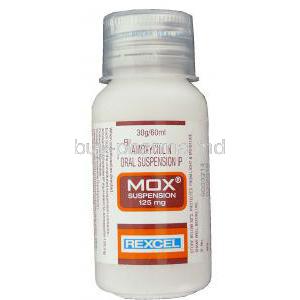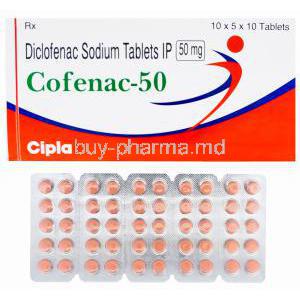Chlorpheniramine
Uses
Chlorpheniramine is used as a treatment for allergic disorders and the symptoms it may cause.
How it Works
Chlorpheniramine works to treat allergic disorders and its symptoms by blocking histamine from binding to its receptors, which helps to provide relief from any allergies and its symptoms.When an allergic reaction occurs, cells in the body release histamine, this causes histamine to bind to certain receptors in the body, which then leads to allergy symptoms. Chlorpheniramine helps to overcome and treat these symptoms.
Common Side effects
Patients who take Chlorpheniramine may suffer from such side effects;
Nausea,
Constipation,
Loss of appetite,
Drowsiness,
Dry mouth,
Dry throat,
Dry skin,
Headache,
Inability to empty the urinary bladder,
Nasal congestion,
Chest congestion,
Vomiting
Phenylephrine
Uses
Phenylephrine is used in the treatment of nasal congestion, pupil dilation and low blood pressure that can occur during different type of anesthesia
How it Works
Phenylephrine works by decreasing swelling in the blood vessels of the nose and ears, thus lessening discomfort and making it easier to breathe. Phenylephrine is also be used dilate the eyes prior to eye surgery.
Common Side effects
Patients who take Phenylephrine may suffer from such side effects;
Nausea,
Vomiting,
Headache,
Palpitations,
Increased blood pressure,
Increased heart rate,
Irregular Heart beat
Paracetamol
Uses
Paracetamol is used in the treatment of reducing fever, and relieving pain such as headache, pain during menstruation, arthralgia, myalgia, dental pain and post operative pain.
How it Works
Paracetamol inhibits and blocks the production of pain and inflammation-causing chemicals called prostaglandins. Prostaglandins are found throughout the body, but paracetamol mainly works on those in the brain that are responsible for pain and fever.
Common Side effects
Patients who take Paracetamol may suffer from such side effects;
Allergic reaction,
Liver damage,
Diarrhoea
Menthol
Uses
Menthol is used in the treatment of itching, dermatitis and eczema.
How it Works
Menthol works by activating the cold-sensitive TRPM8 receptors in the skin. Menthol, causes a feeling of coolness due to stimulation of cold receptors by inhibiting Ca++ currents of neuronal membranes. Menthol may also yield analgesic properties via kappa-opioid receptor agonism.
Common Side effects
Some of the potential side effects of Menthol can include the symptoms below;
Balance disorder,
Vomiting,
Altered heart rate,
Drowsiness,
Hypersensitivity reaction,
Nausea,
Abdominal pain,
Contact dermatitis,
Skin irritation,
Apnea,
Nystagmus,
Vertigo
Sodium citrate
Uses
Sodium Citrate is used in the treatment of cough.
How it Works
Sodium citrate works to thin and loosens the mucus secretions in the nasal passageways, thus making it easier to cough out, relieving the cough.
Common Side effects
Some of the potential side effects of Sodium citrate include the symptoms below;
Diarrhea,
Fluid loss.


















